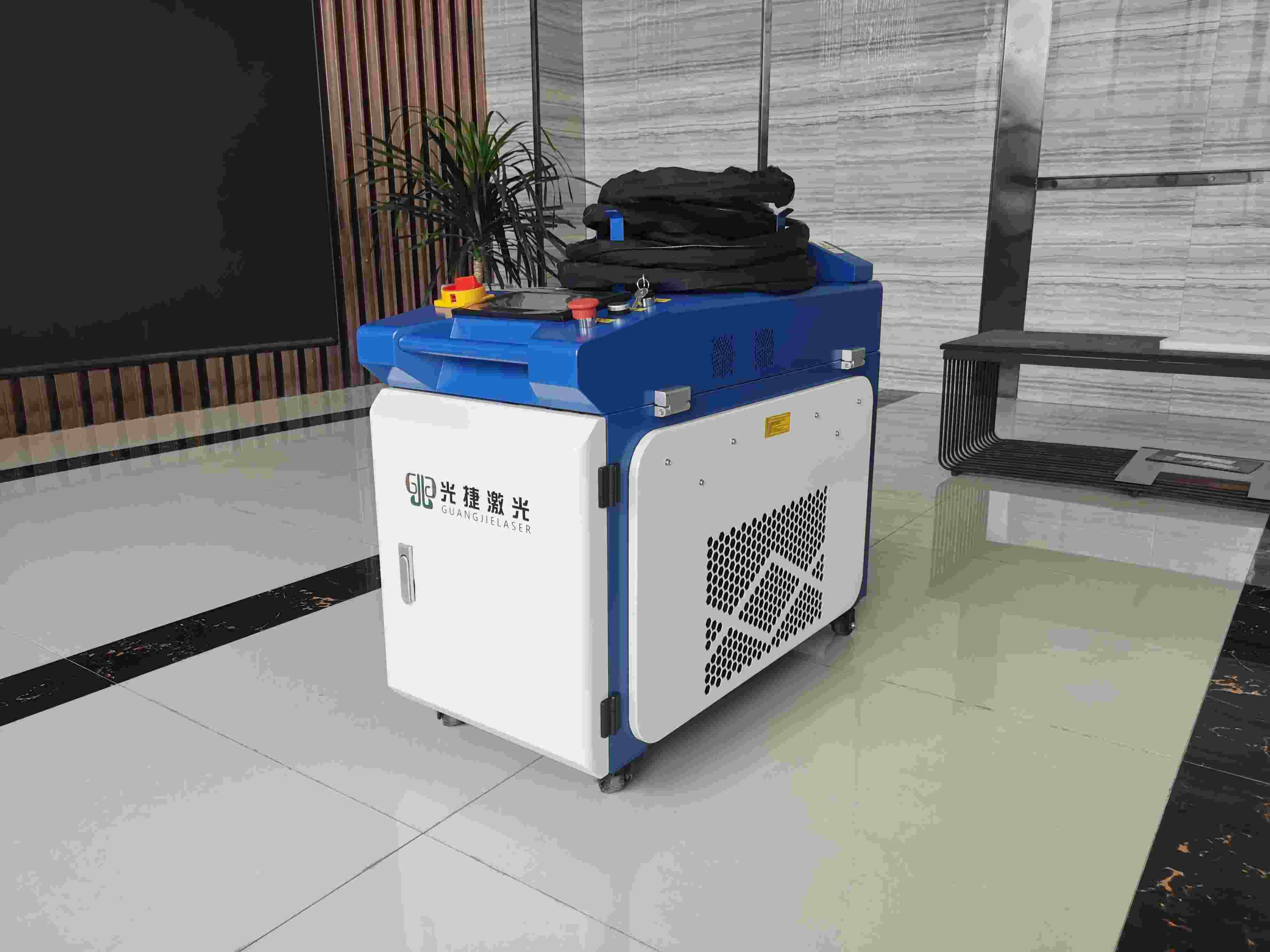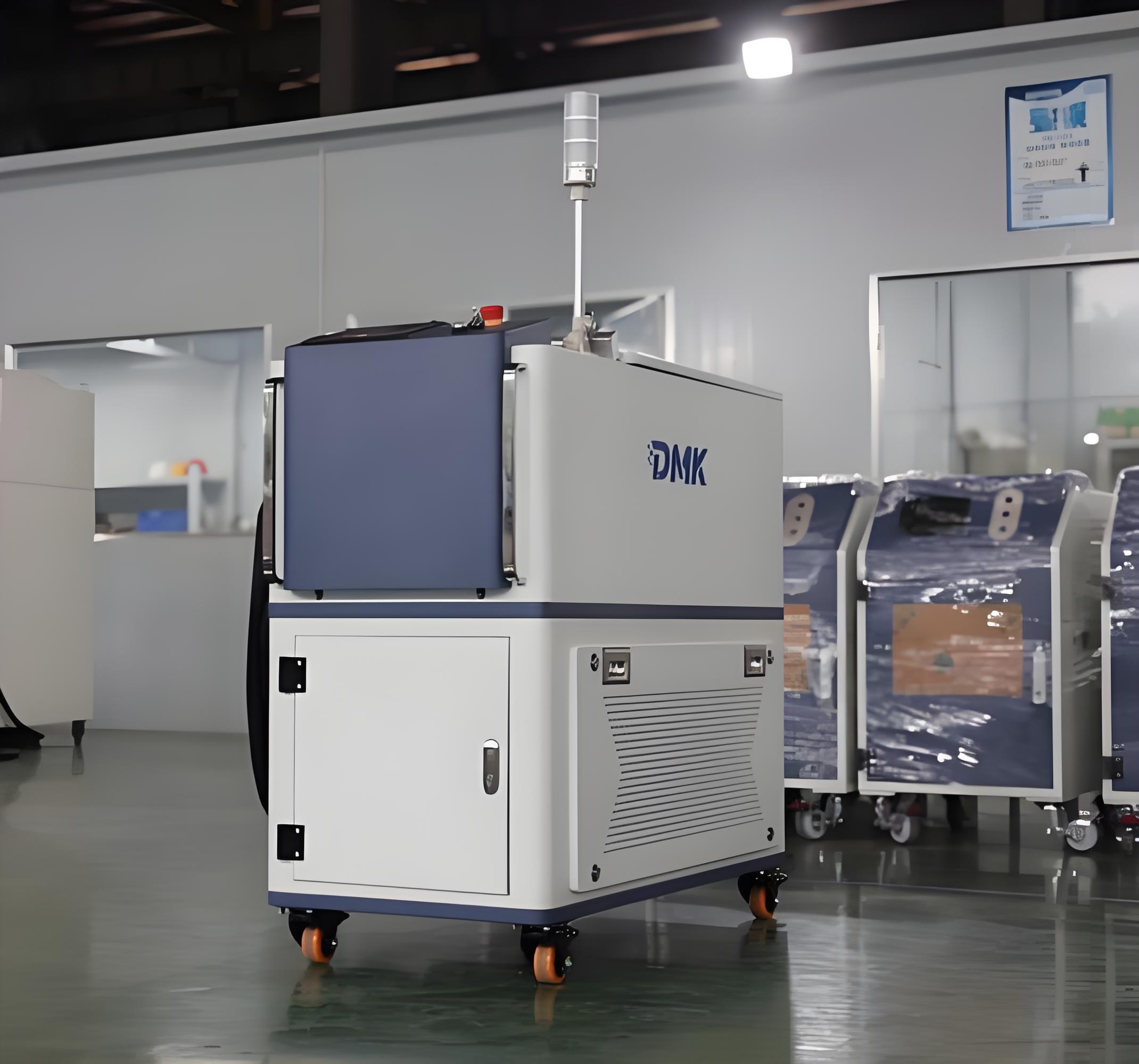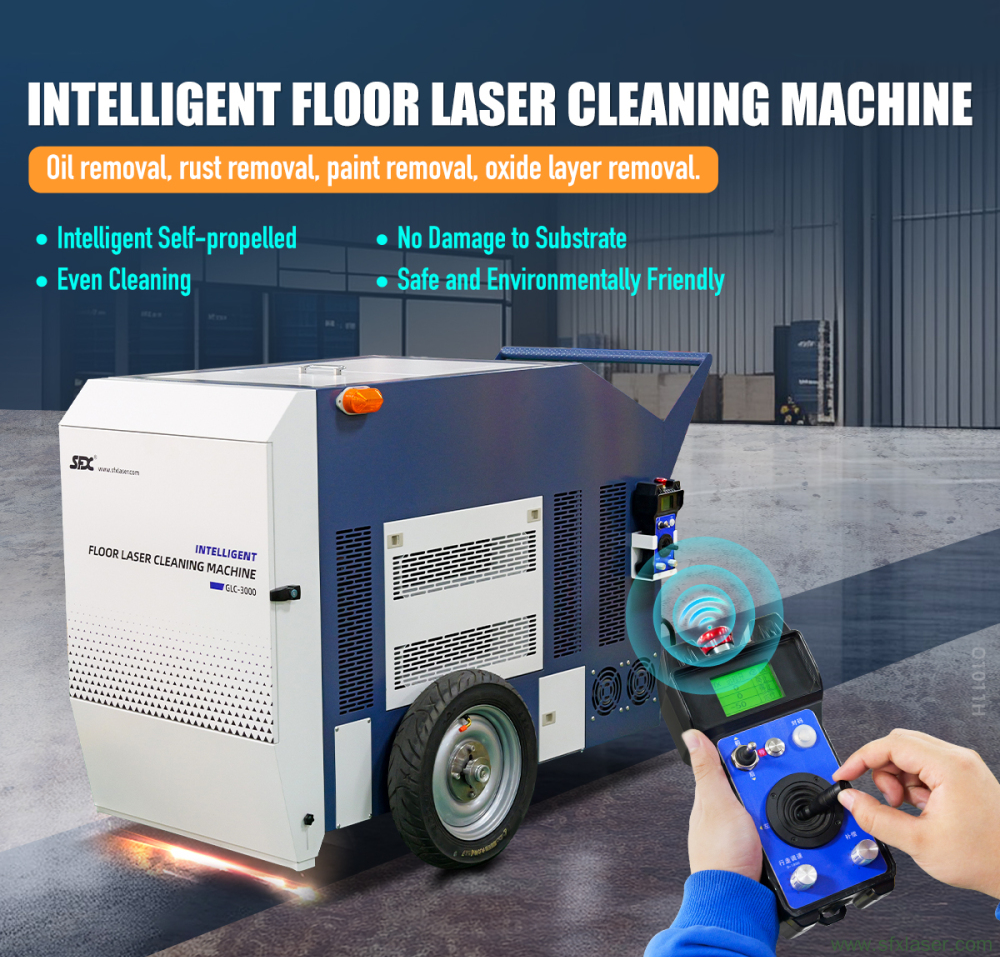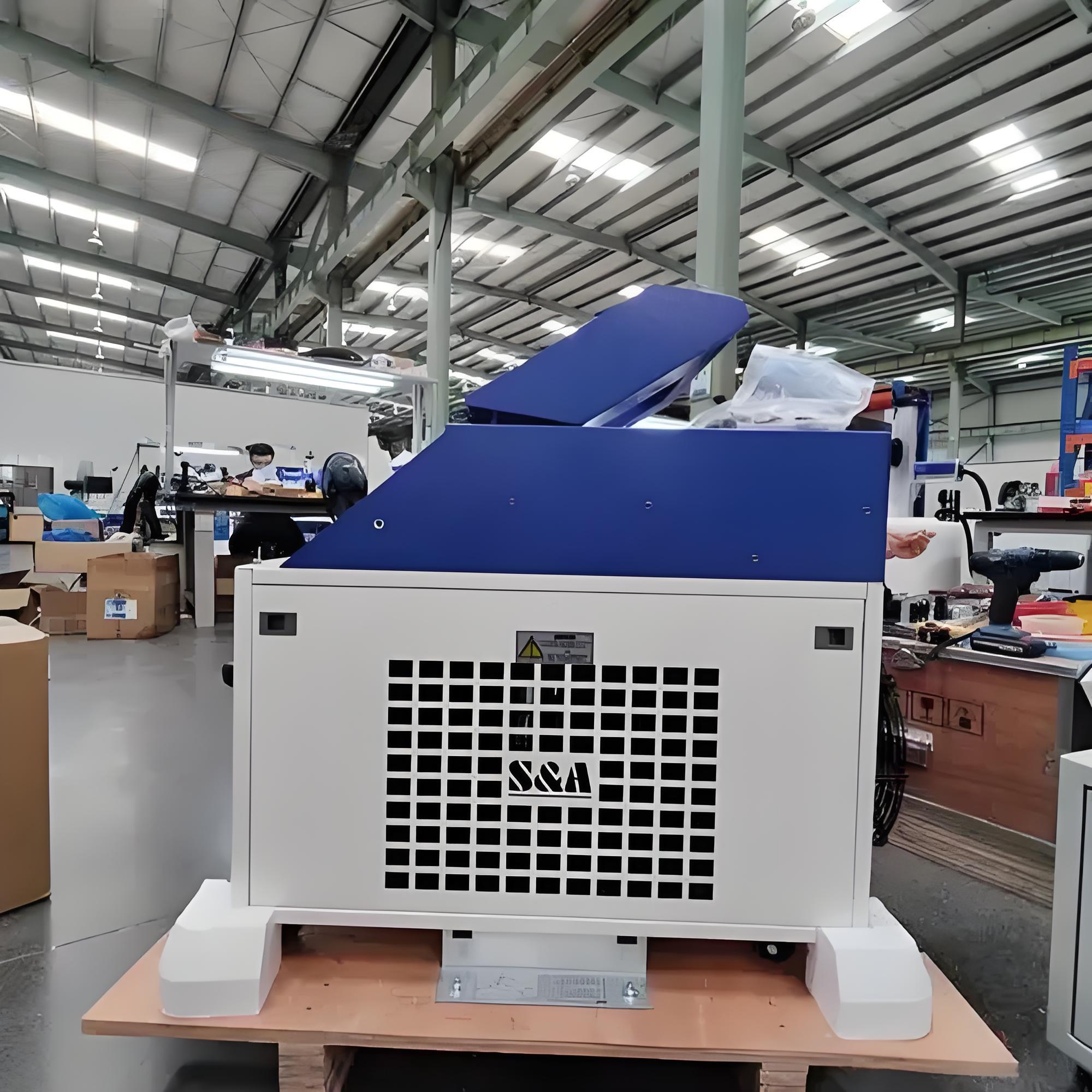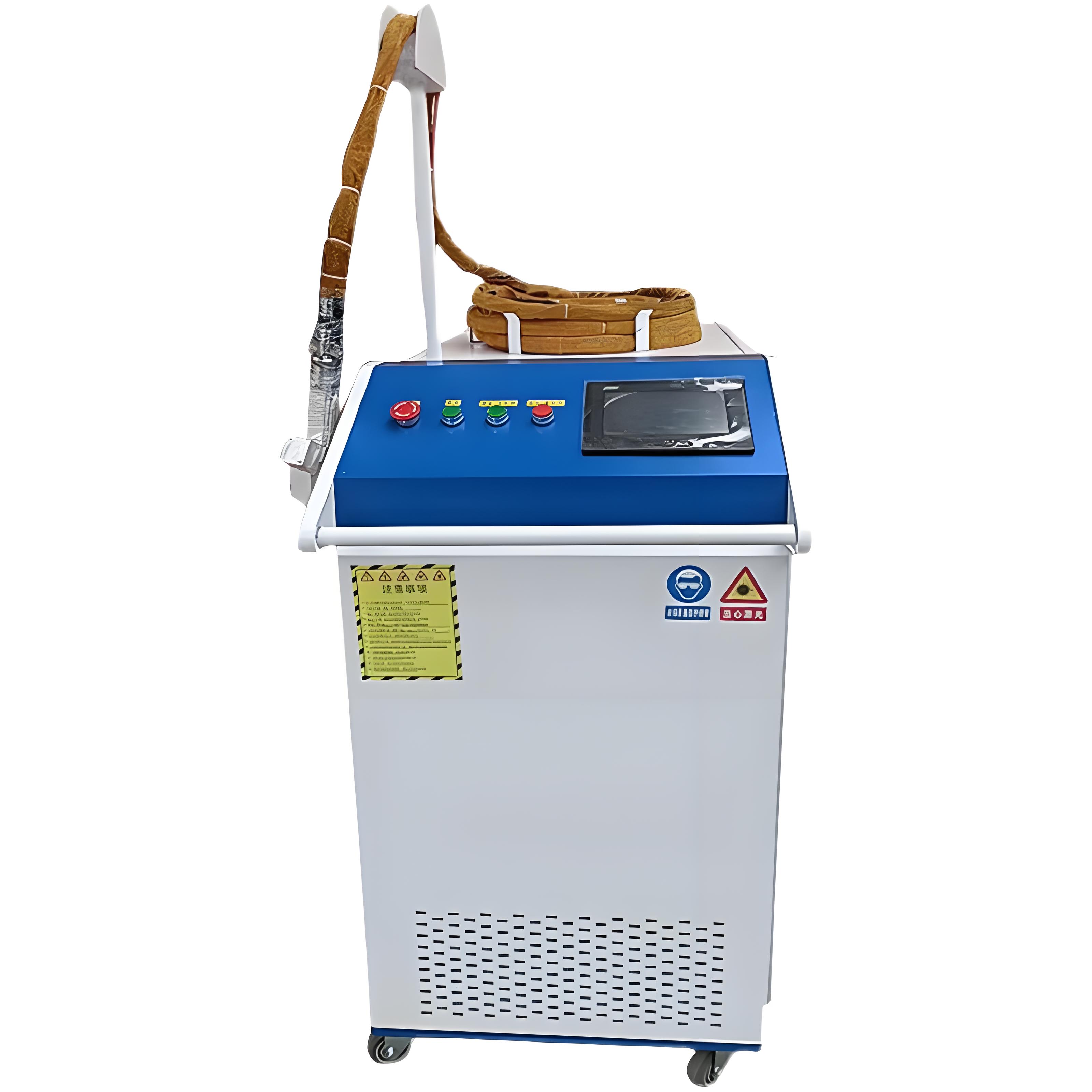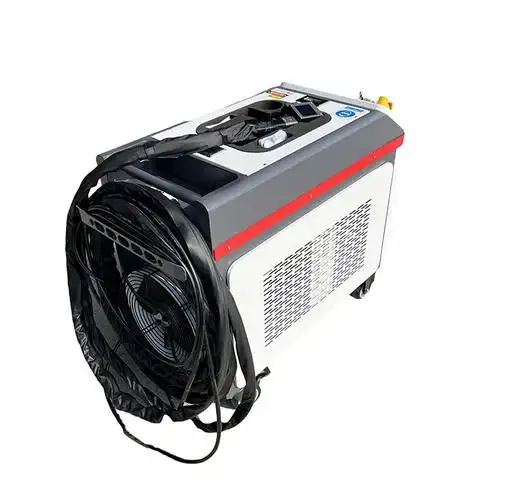Laser cleaning utilizes lasers of different wavelengths to target specific materials, effectively removing contaminants without damaging the substrate. It is an environmentally friendly, low-energy, and highly efficient cleaning process, and it is a key project supported by the state, listed in the “Made in China 2025” industry catalog. With increasing national emphasis on environmental protection, laser cleaning is poised for significant development opportunities and broad market prospects.
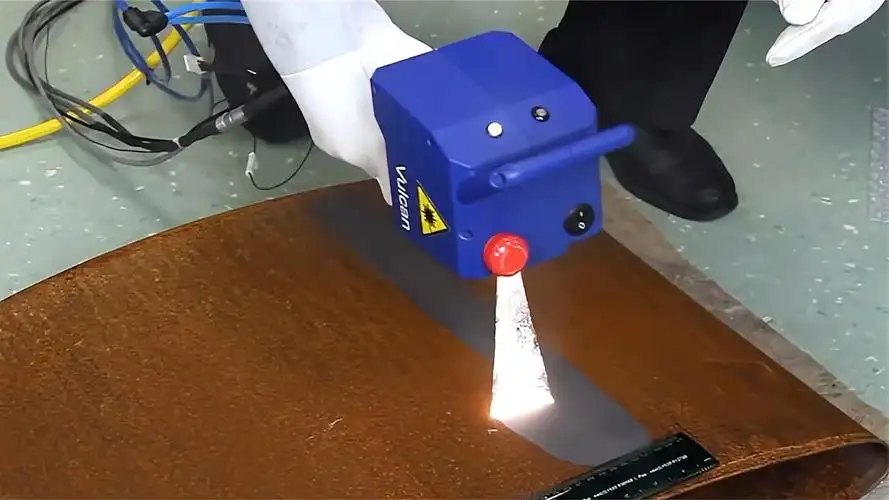
As an important branch of laser cleaning, laser paint removal has a wide range of applications, from aircraft and ships to bridges, factories, and machinery—essentially anything painted requires paint removal. However, traditional methods like sandblasting and chemical acid washing are inefficient and environmentally harmful, creating an urgent need for eco-friendly and efficient alternatives. Laser paint removal was proven feasible in laboratories 20 years ago, so why hasn’t it been widely adopted in industrial production? What are the challenges of laser paint removal?
Let’s compare it with laser rust removal. Laser rust removal has demonstrated excellent results: low cost, high efficiency, thorough cleaning, and compliance with environmental standards. Its cost is significantly lower than traditional methods like sandblasting and chemical acid washing. Laser rust removal primarily uses fiber lasers, which are currently the most cost-effective lasers. Fiber lasers are affordable, long-lasting, maintenance-free, and, most importantly, can transmit laser beams through fiber optic cables, enabling handheld operation, as seen in handheld laser welders. This makes them convenient and versatile for various applications. In contrast, CO2 lasers are more expensive, bulkier, and cannot transmit laser beams through fiber optic cables, relying instead on cumbersome articulated arms, which limits their application scope.
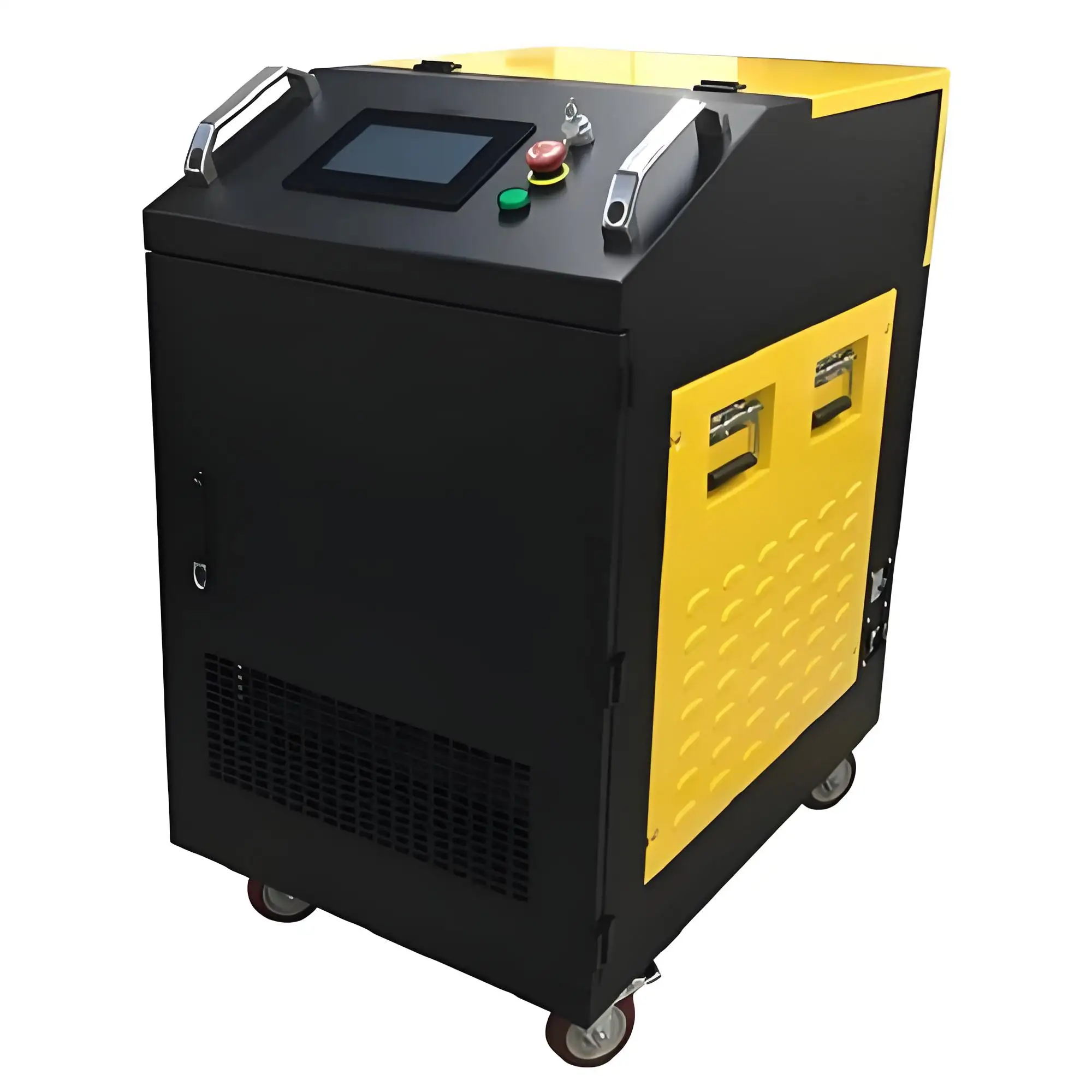
A laser paint removal system typically consists of a laser, a chiller, a control system, a laser transmission system, and a galvanometer. The main laser types suitable for paint removal include fiber lasers (1064 nm wavelength), CO2 lasers (10600 nm wavelength), and excimer lasers (355 nm wavelength). Among these, only fiber lasers can use fiber optic cables for transmission, making them the most widely used. Fiber lasers are divided into pulsed and continuous types, with pulsed lasers being the primary choice for paint removal. However, fiber lasers have significant limitations in paint removal and cannot serve as the mainstream equipment. They are mainly used for metal materials, such as in laser welding and cutting, but paints on non-metal surfaces have low absorption rates for fiber lasers.
The most suitable laser type for paint removal is the CO2 laser. Assembling a CO2 laser paint removal machine is not particularly difficult, but it has not been prioritized in China, and few companies are investing in its development. As a result, professional laser paint removal equipment is scarce on the market. In reality, both the components and technology are fully mature, and assembling a laser paint removal machine is not a significant challenge. China has access to all necessary components, and at much lower costs than other countries, meaning China could produce the world’s most cost-effective laser paint removal machines.
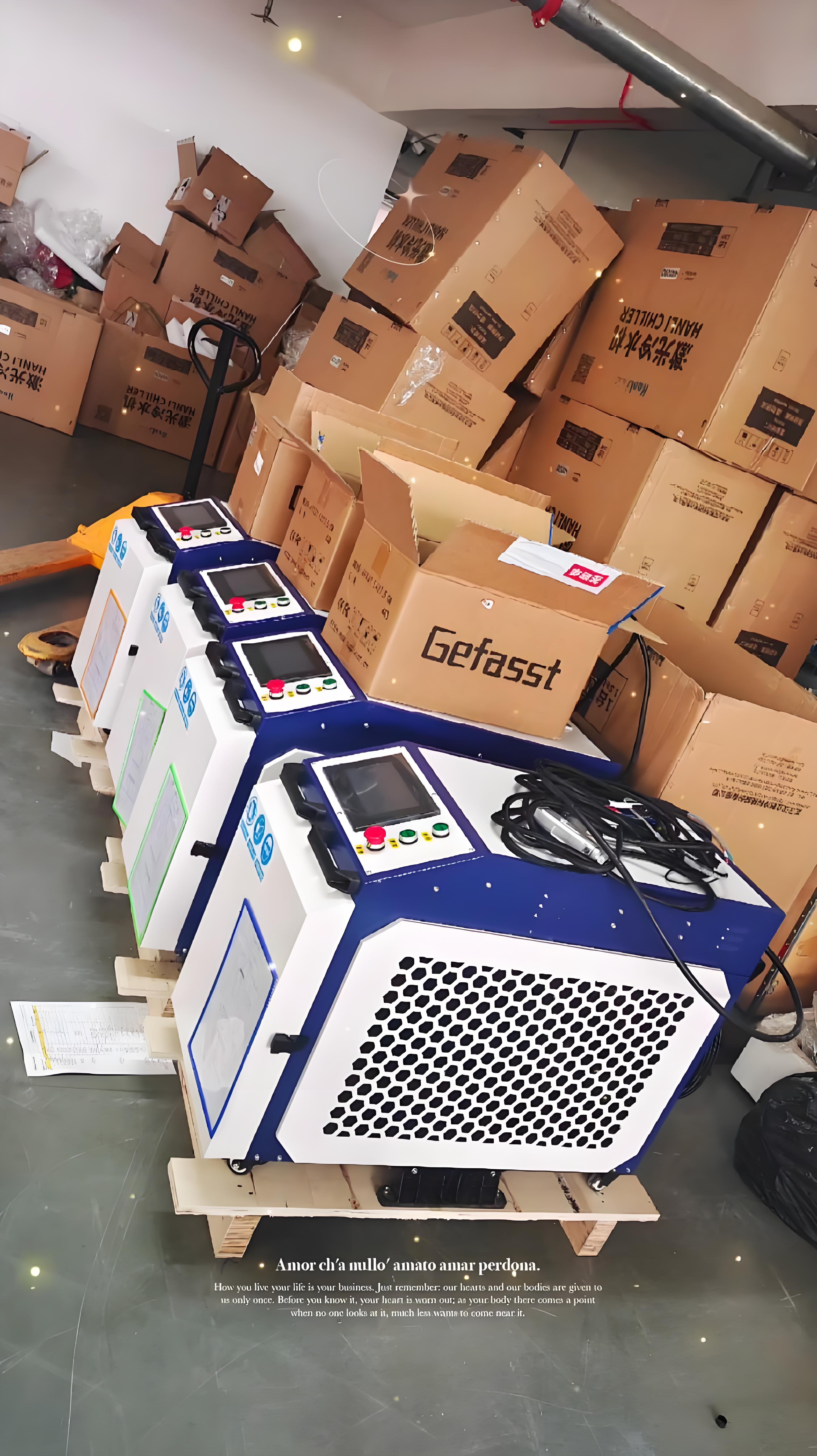
So, what are the real challenges of laser paint removal? The primary difficulty lies in gaining attention and investment from the government and enterprises. Neither is willing to fund research and experimentation, and small companies lack the resources to bear R&D costs. Despite the technology’s maturity, it has not been transformed into productive capacity, which is a great pity. Currently, global progress in laser paint removal is roughly at the same starting point, but China has a natural advantage due to its complete component supply chain. China could assemble laser paint removal equipment at one-fifth the cost of the U.S. for the same power output. If China vigorously develops this technology, it could undertake global aircraft and ship paint removal contracts at lower costs, creating numerous jobs and generating substantial wealth. This is a call for the government to prioritize this technology.

